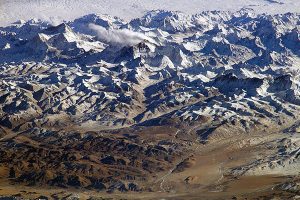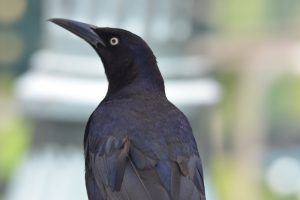The five colours we don’t learn

Colour exists on a continuum, and yet human language is surprisingly consistent in how it categorises colours.
Previous studies have found that infants at the age of four months old can distinguish the basic colour categories common to many languages (e.g. blue, red, yellow), suggesting there is a biological basis to our color categories. However, these studies have focussed on just a few color categories that are important in English.


